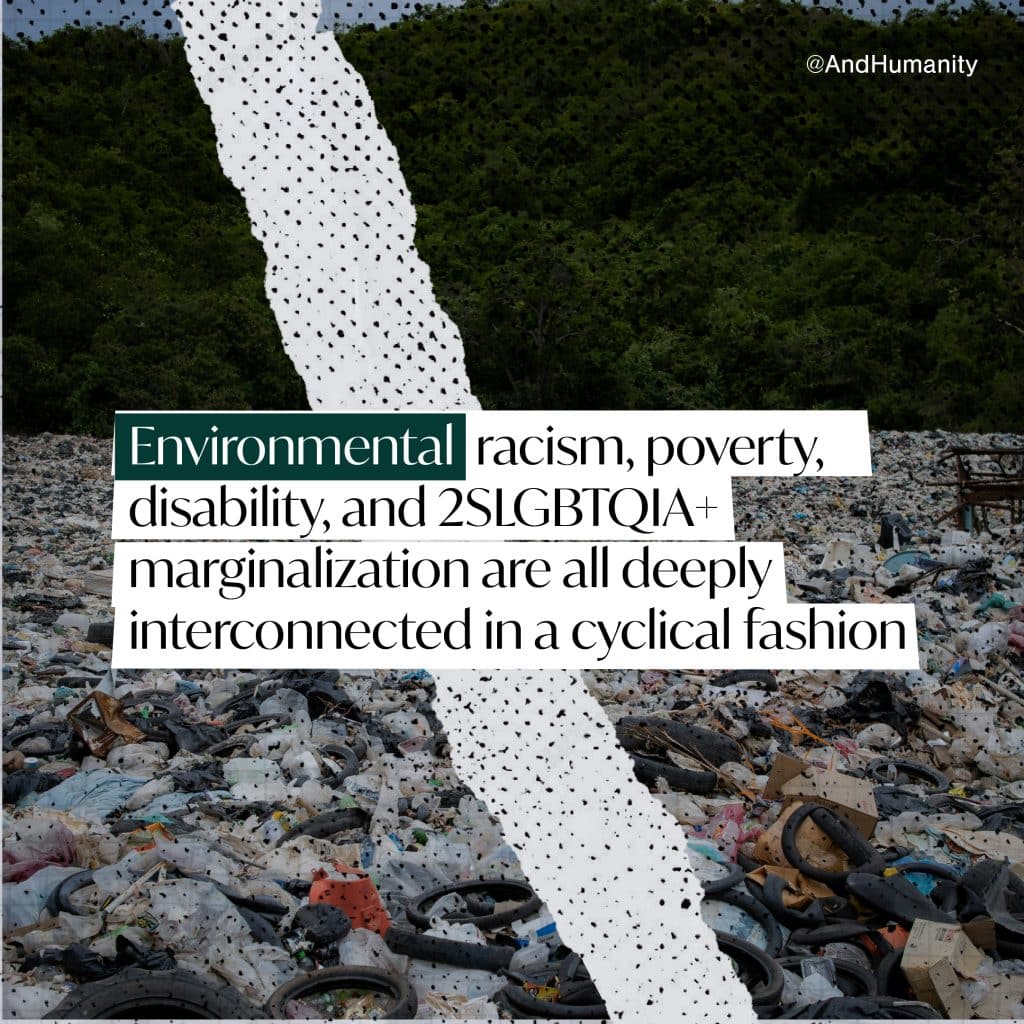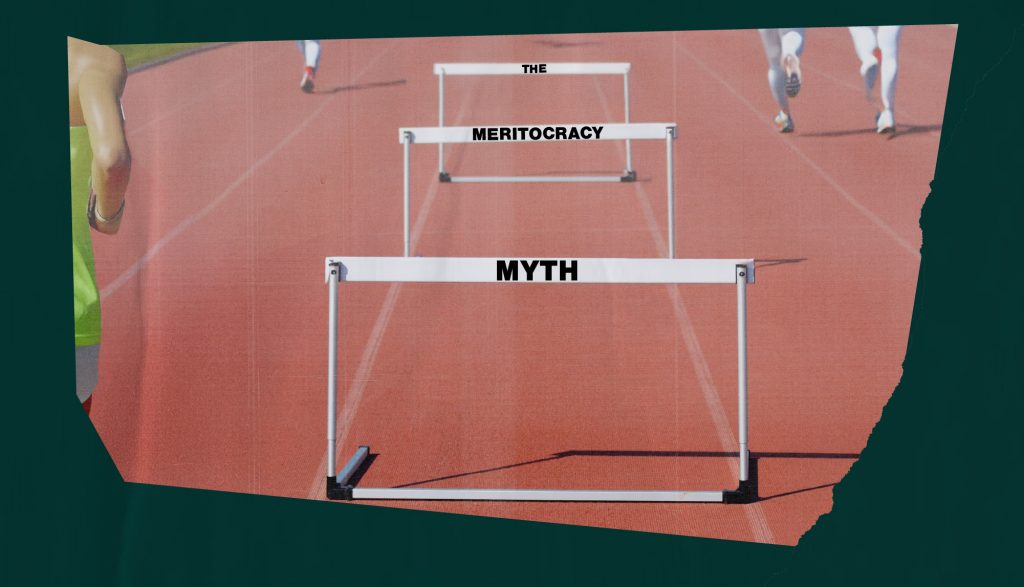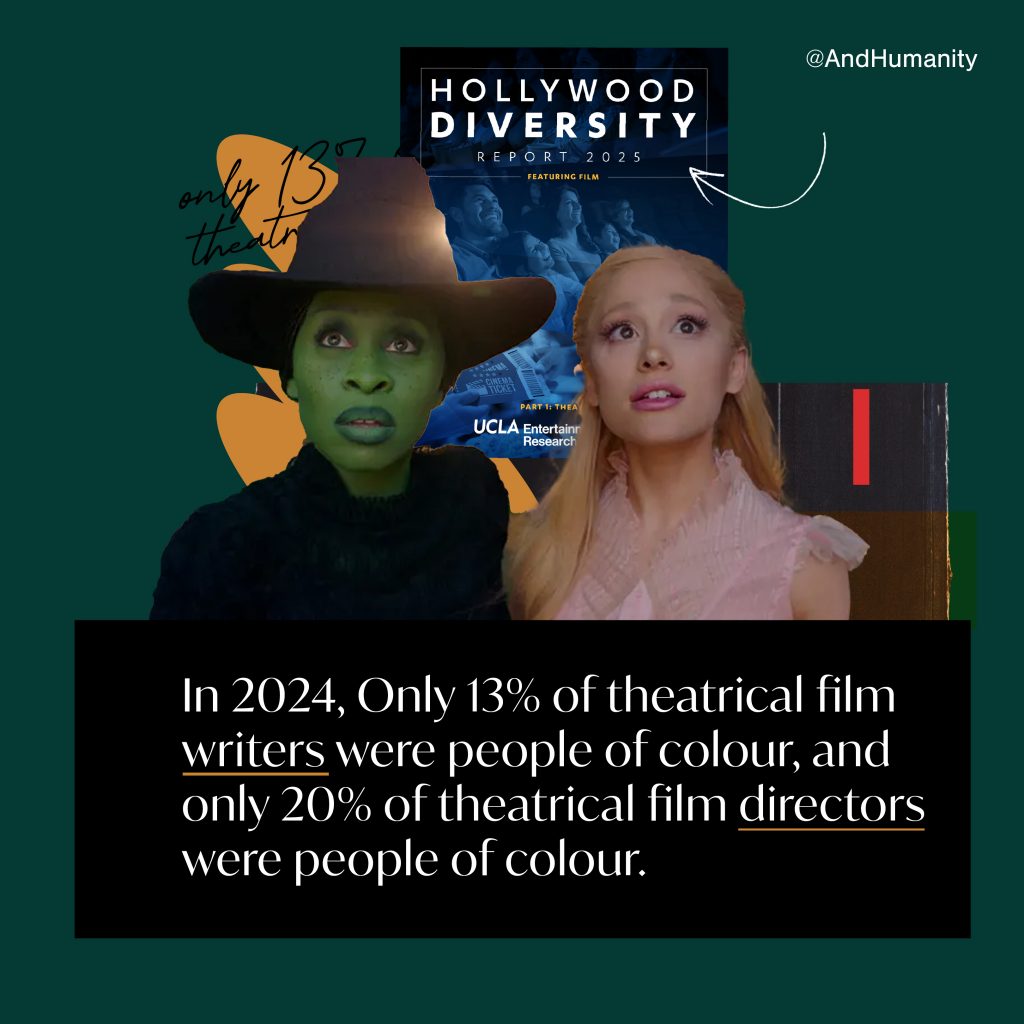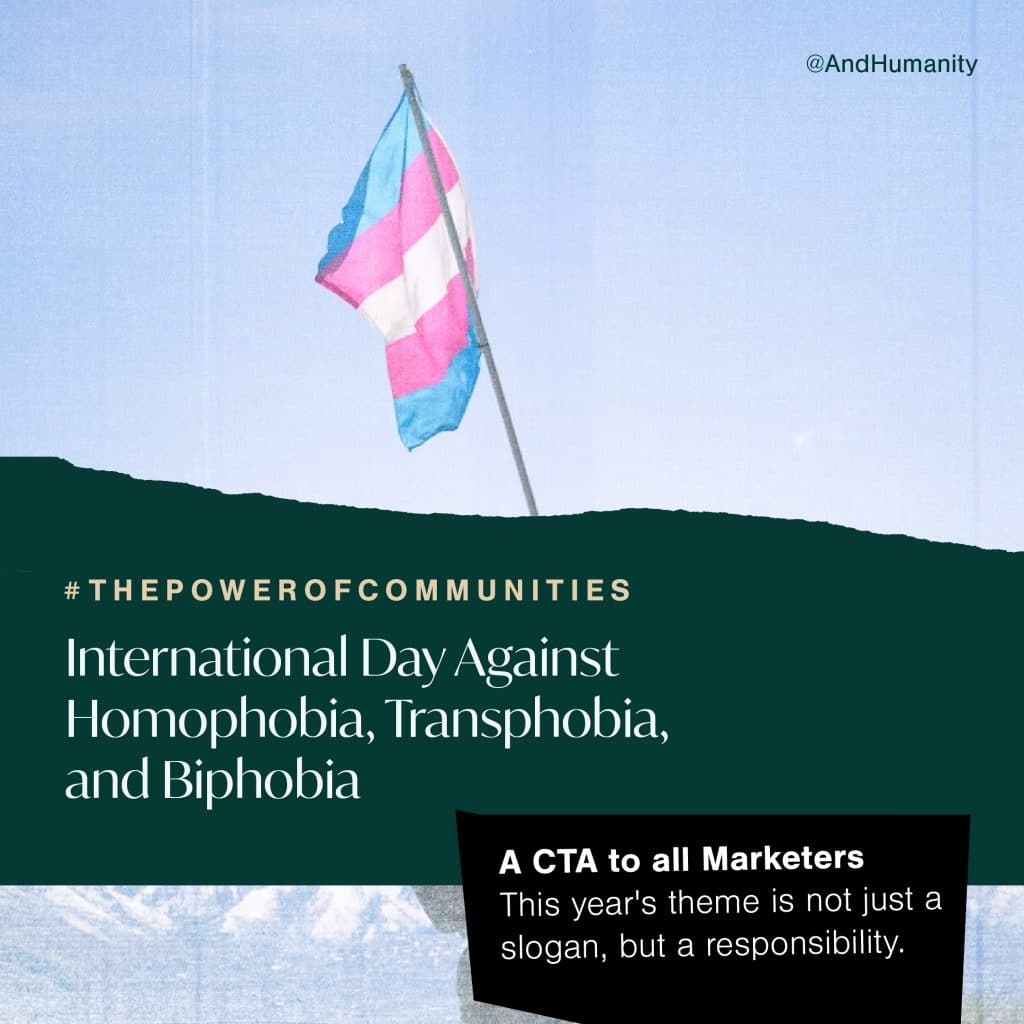As we mark Earth Day, it’s crucial to recognize that environmental issues are deeply intertwined with JEDI (Justice, Equity, Diversity, and Inclusion). The impacts of pollution, climate change, and environmental hazards are not distributed equally; marginalized communities – including Indigenous peoples, racialized groups, 2SLGBTQIA+ individuals, and people with disabilities – are often on the front lines of environmental harm. These inequities are rooted in systemic racism, policy neglect, and social exclusion, creating cycles where environmental injustice and social marginalization reinforce one another.
The following statistics highlight the stark realities faced by these communities and underscore the urgent need for focused action:
➡️ Studies show that in the US, Canada, Russia, and South Africa environmentally hazardous sites such as landfills, mines, and polluting industries are disproportionately located in areas inhabited by Indigenous and/or racialized communities.
➡️ Children in these communities have higher rates of asthma, lead poisoning, and obesity – all conditions linked to environmental hazards and poverty.
➡️ Even the richest Black individuals are, on average, exposed to worse air quality than the poorest white individuals.
➡️ Beyond race, 2SLGBTQIA+ youth are 2 times more likely to be unhoused, and trans people face poverty at 2 times the general rate. These communities as well as the disability community are some of the most vulnerable members of society, and thus often the most impacted by environmental inequities.
All in all, environmental racism, poverty, disability, and 2SLGBTQIA+ marginalization are all deeply interconnected in a cyclical fashion. Each form of oppression increases vulnerability to the others, creating self-reinforcing cycles of disadvantage. The data does not lie, and it underscores the need for targeted policies and actions to address both environmental and social justice worldwide.
Sources:
- Canadian Human Rights Commission: Fast Talk on Environmental Racism in Canada
- Canadian Centre for Policy Alternatives: Canada’s Environmental Racism Law Needs to Be Stronger
- Ecojustice: Environmental Racism in Canada
- Oxfam Canada: Climate Inequality Impact on Racialized Communities
- Center for Sustainable Systems, University of Michigan: Environmental Justice Factsheet
- Canadian Nurse: Unseen Inequity-Environmental Racism
- Climate Institute: Environmental Racism and Climate Change
- UBC Sustainability: Exclusionary Zoning and Environmental Racism in Vancouver
- Smart Prosperity Institute: Environmental Racism and Black Environmentalism in Canada
Learn more about what we do and who we do it for on our services page.
Sign up for our newsletter here for more insights on marketing, advertising, communications, and how the industry intersects with inclusion.









